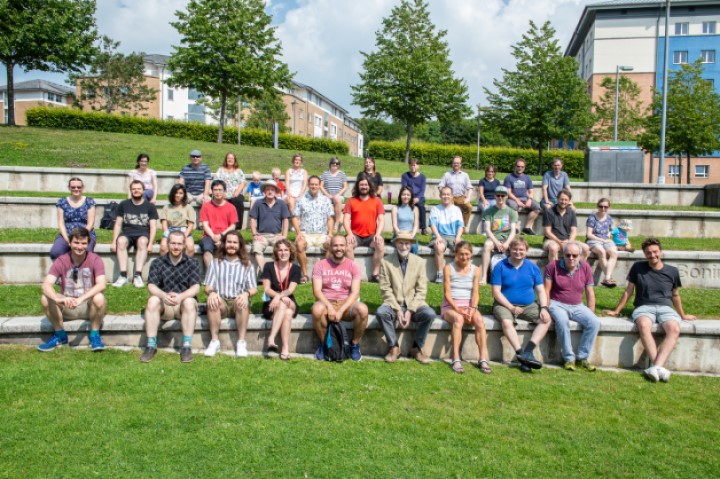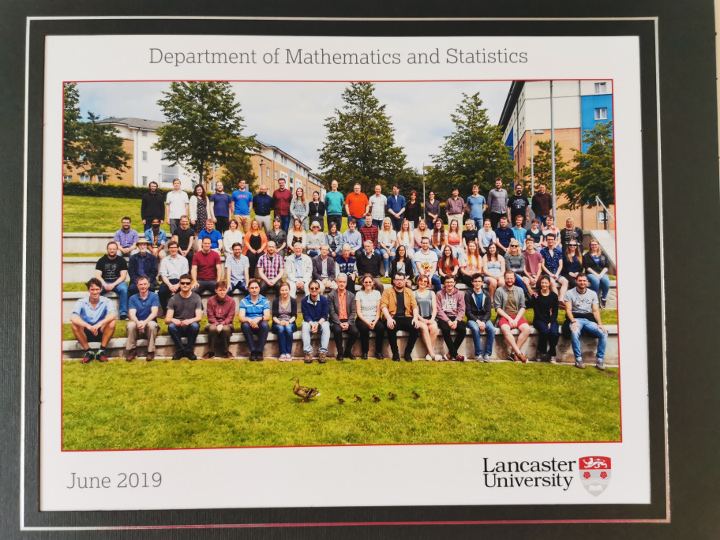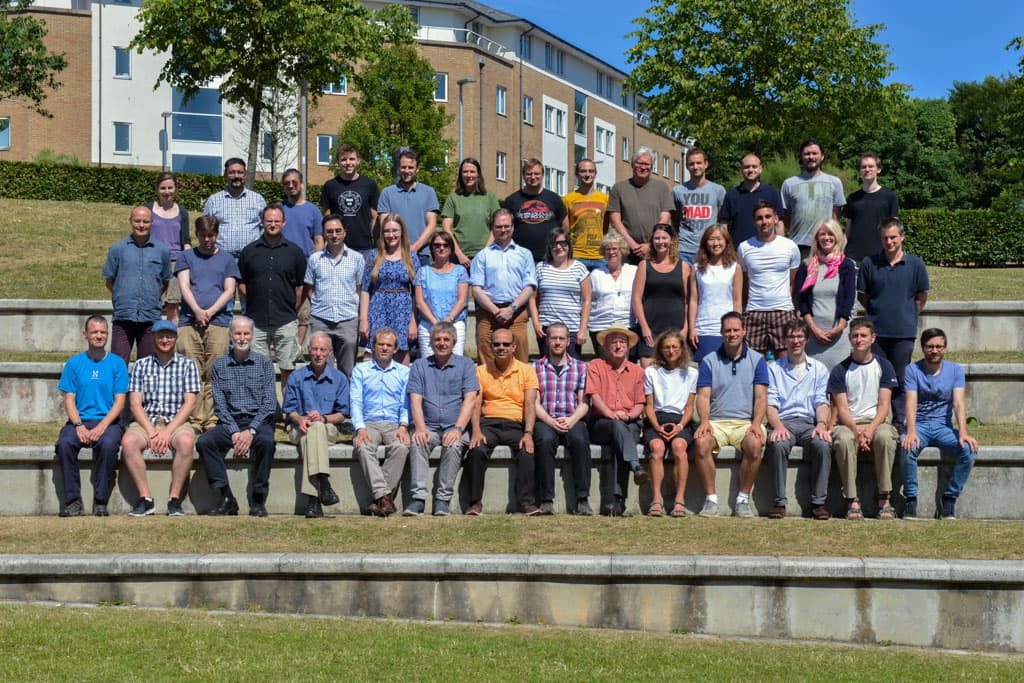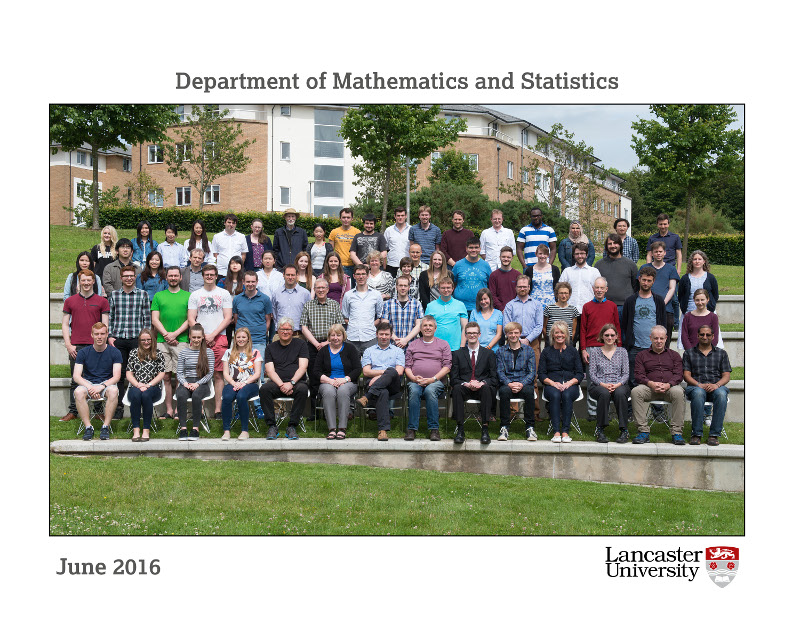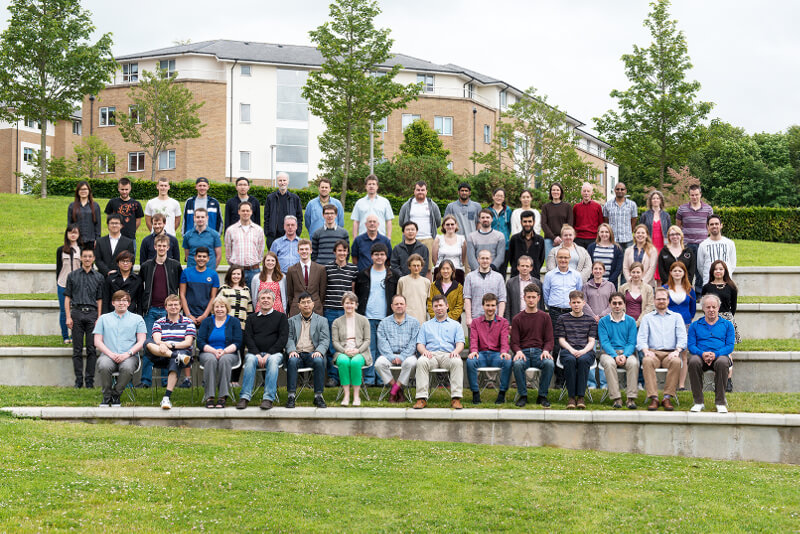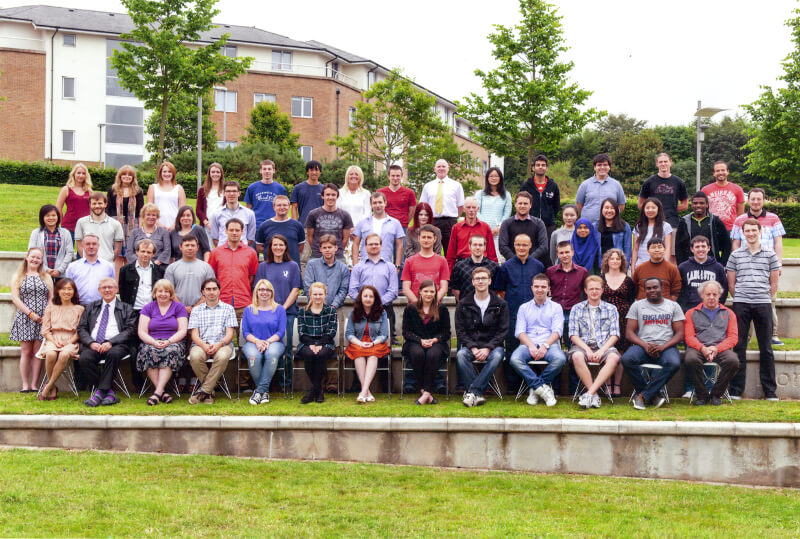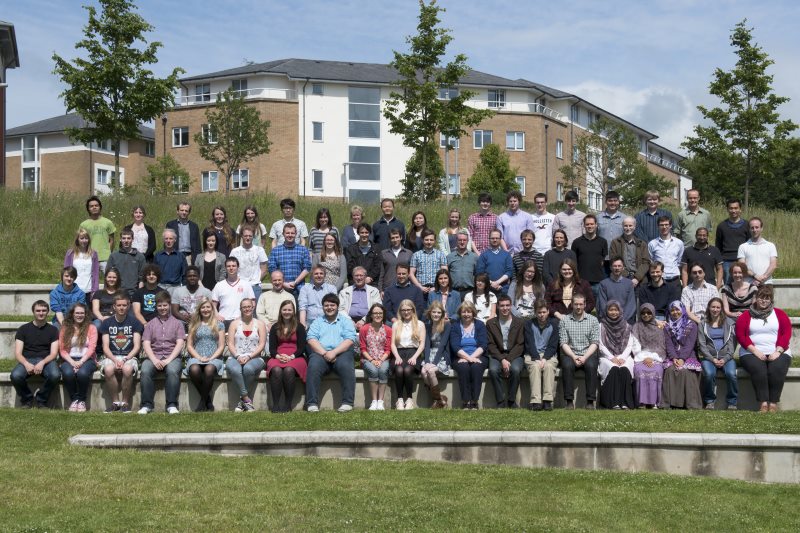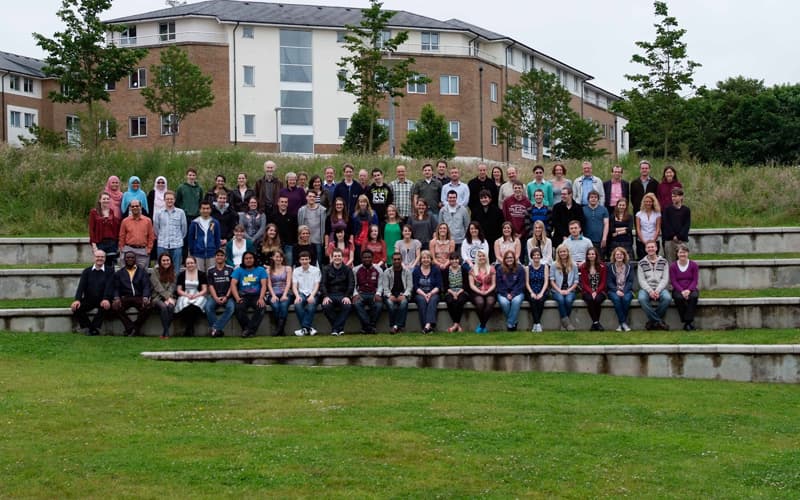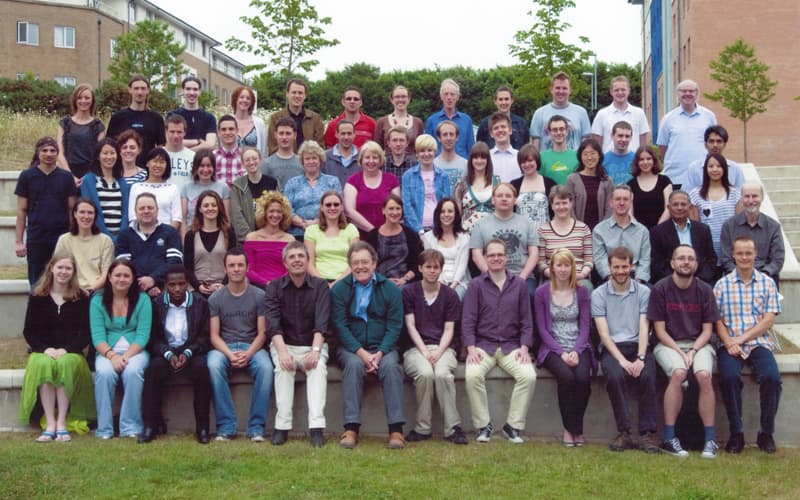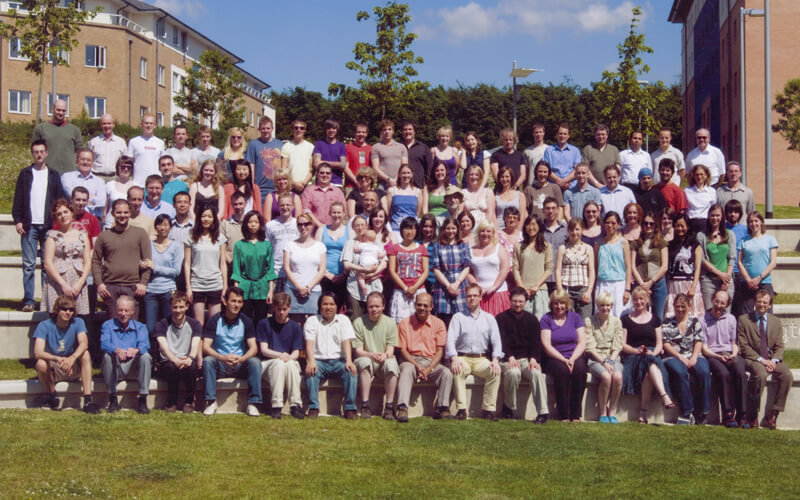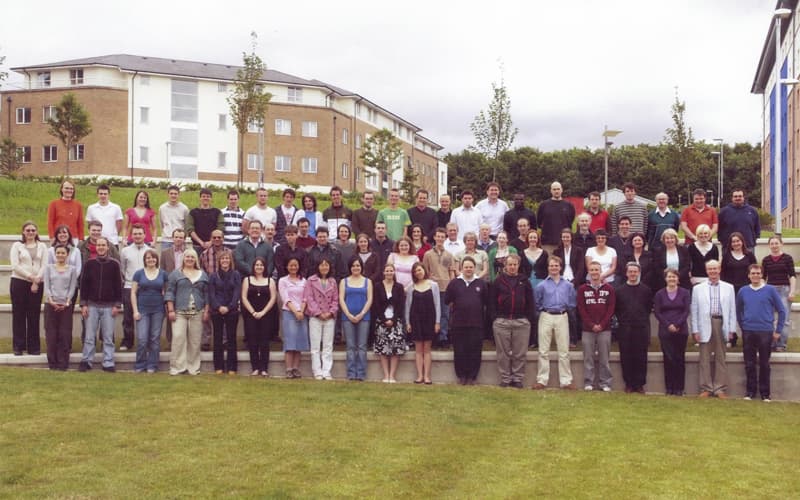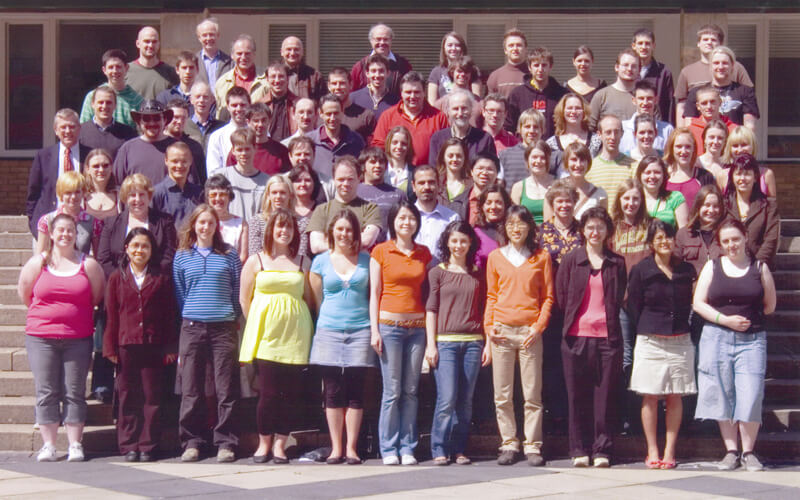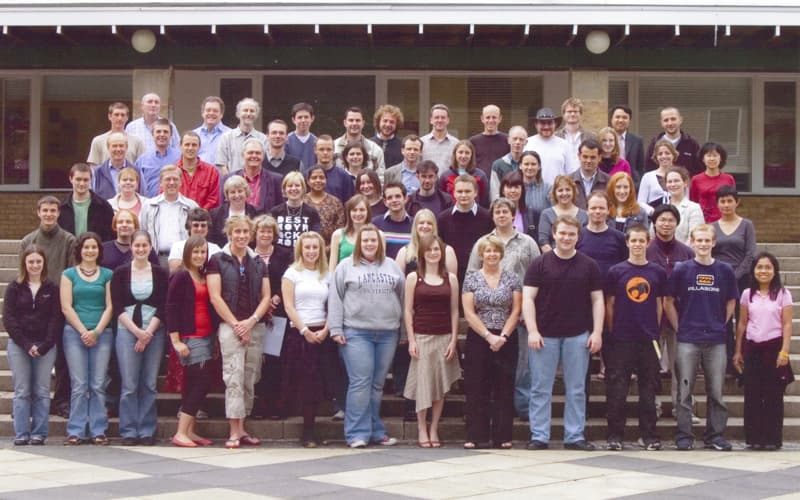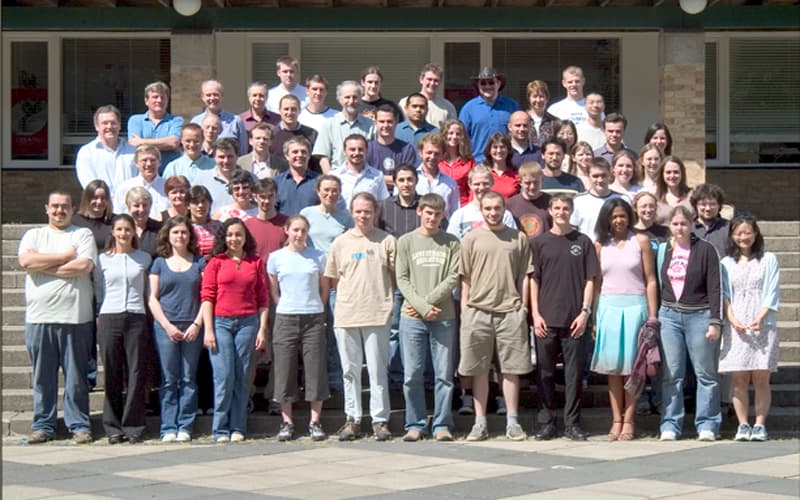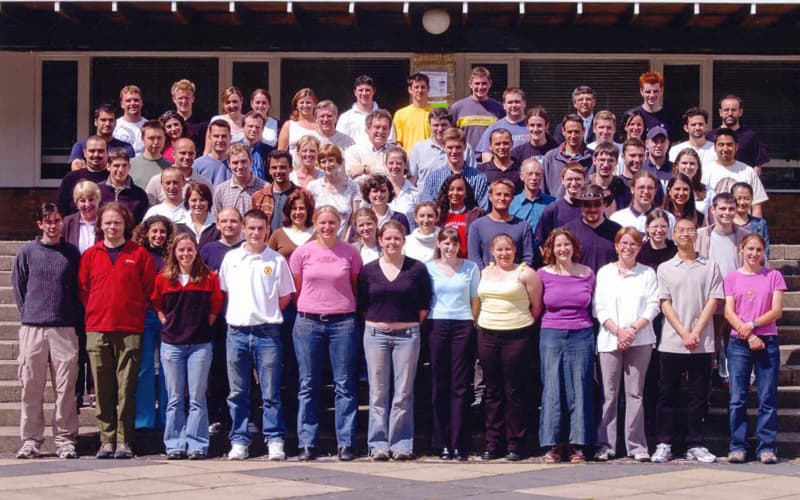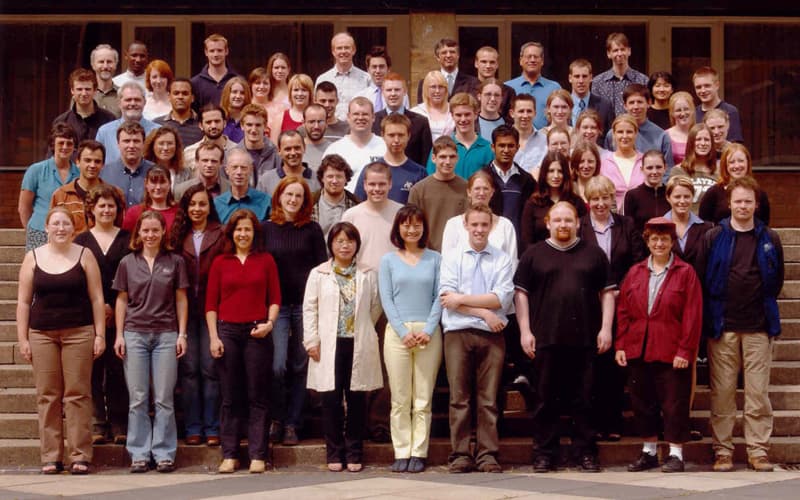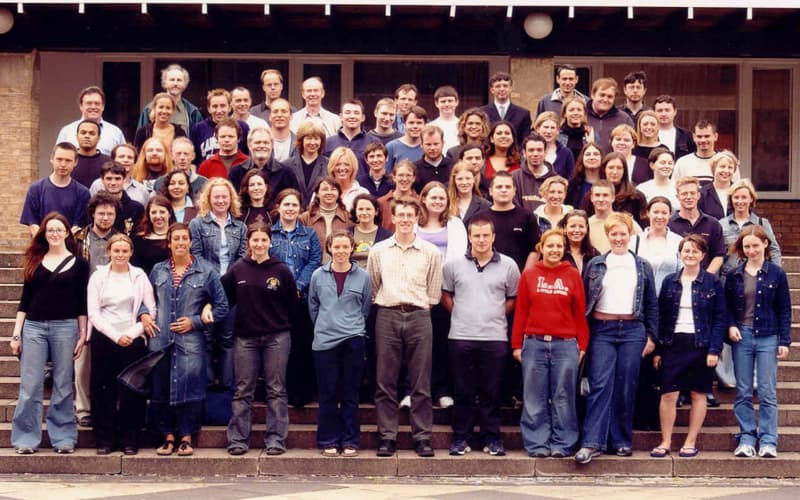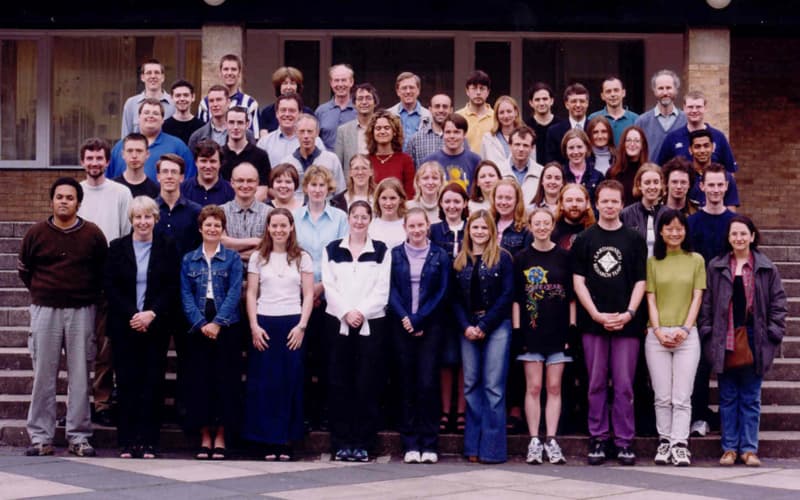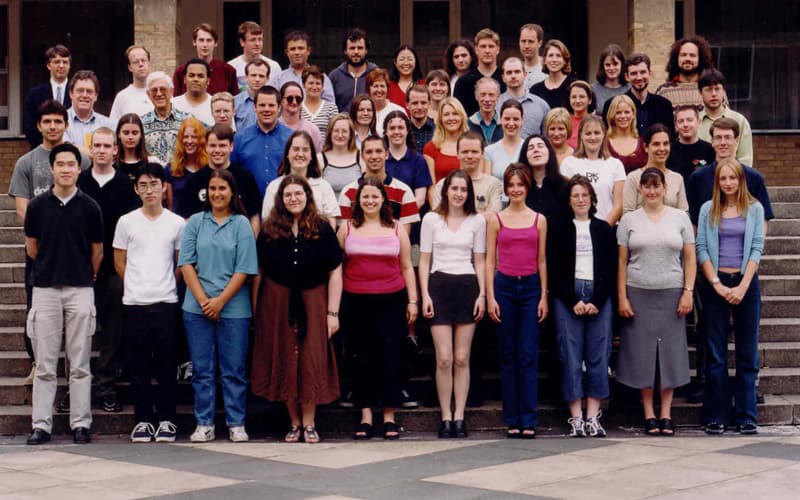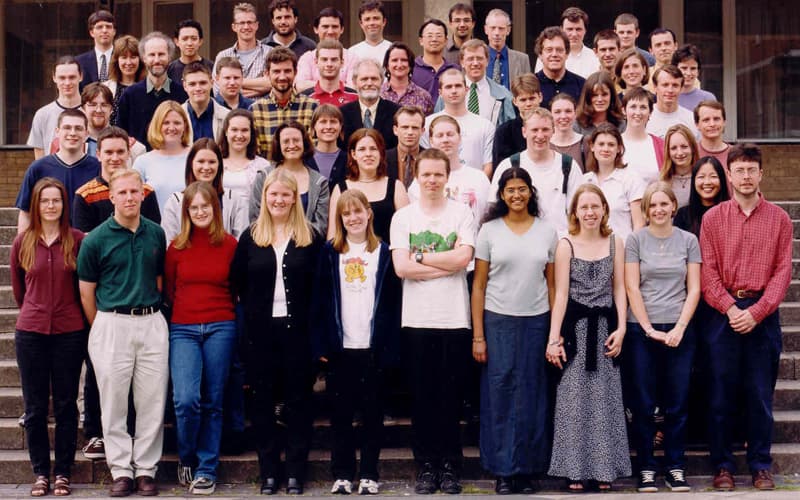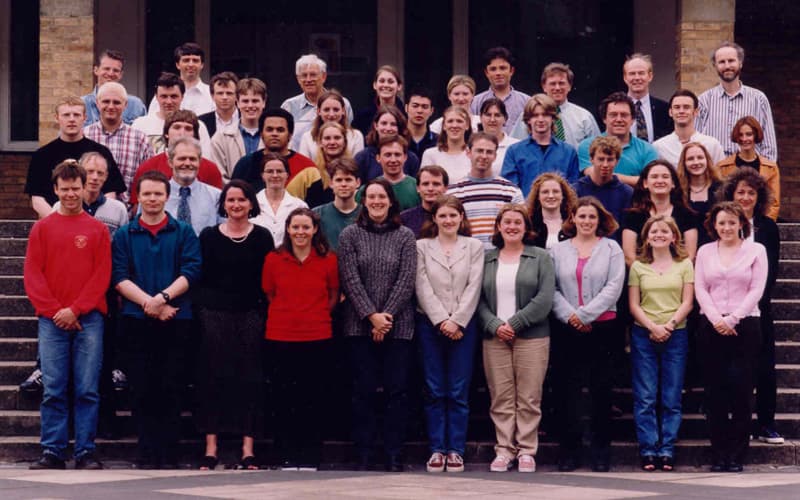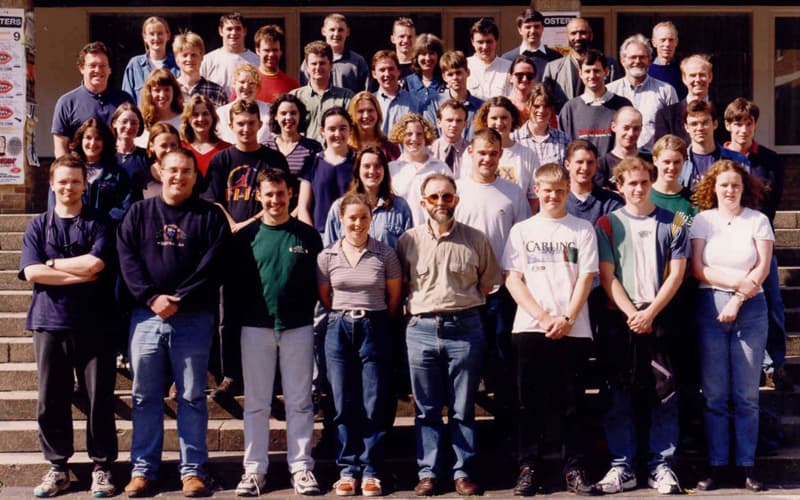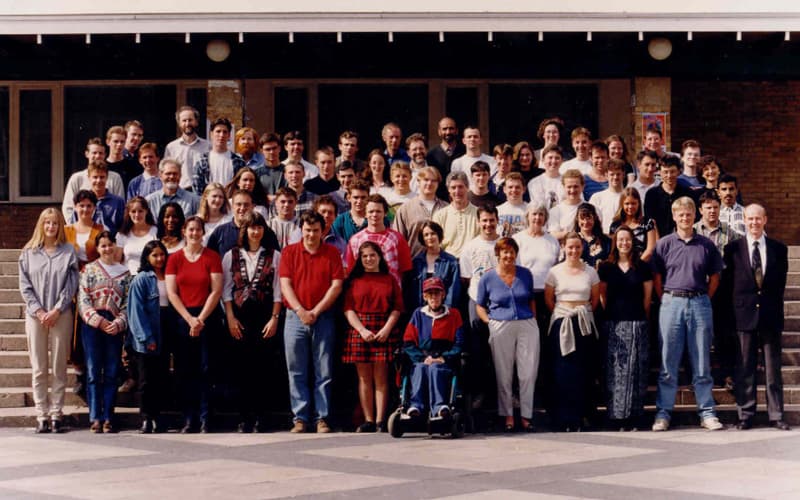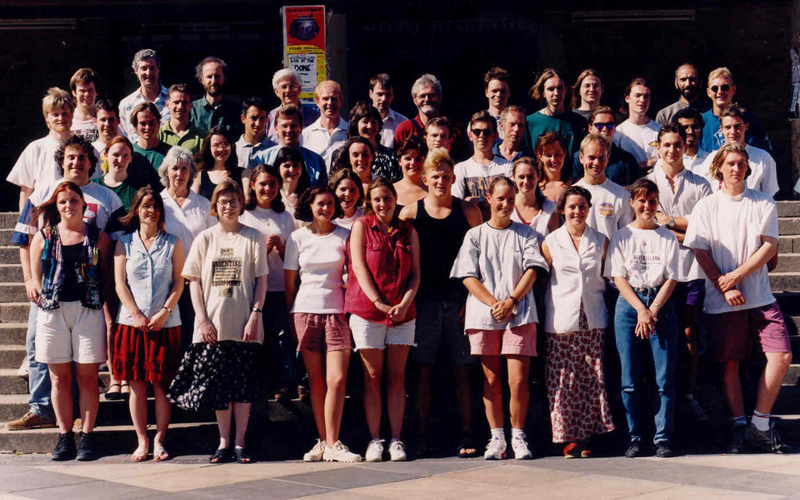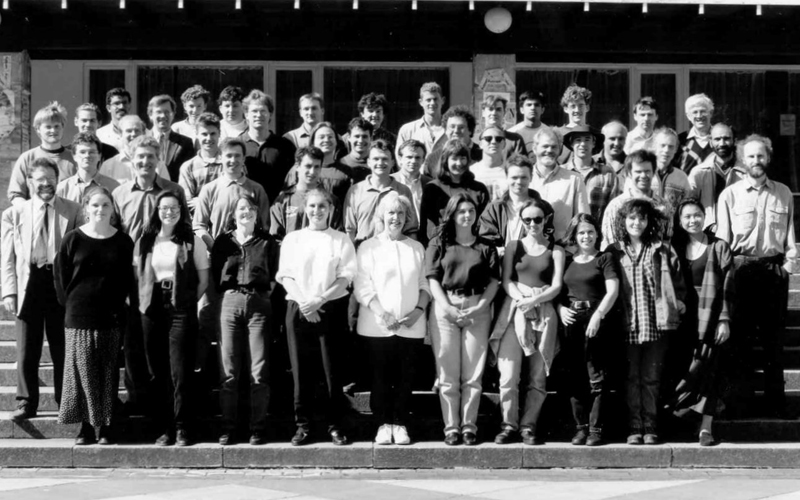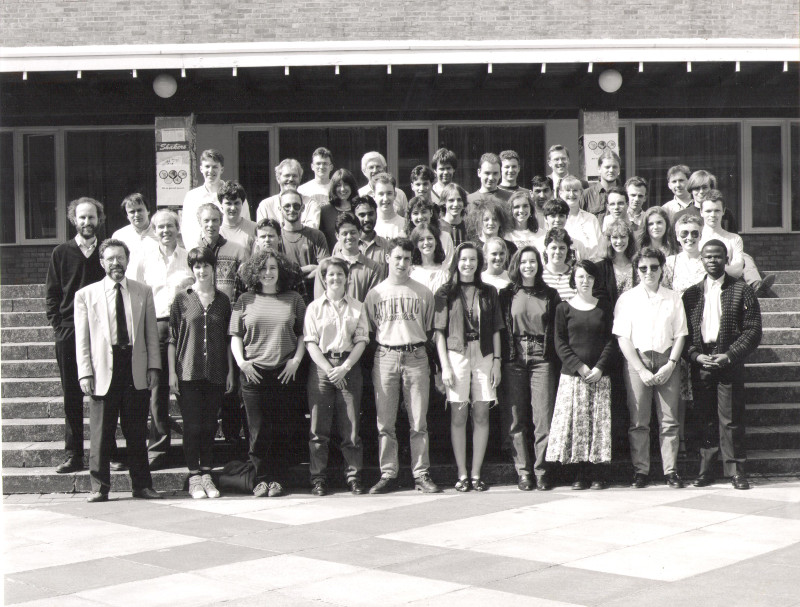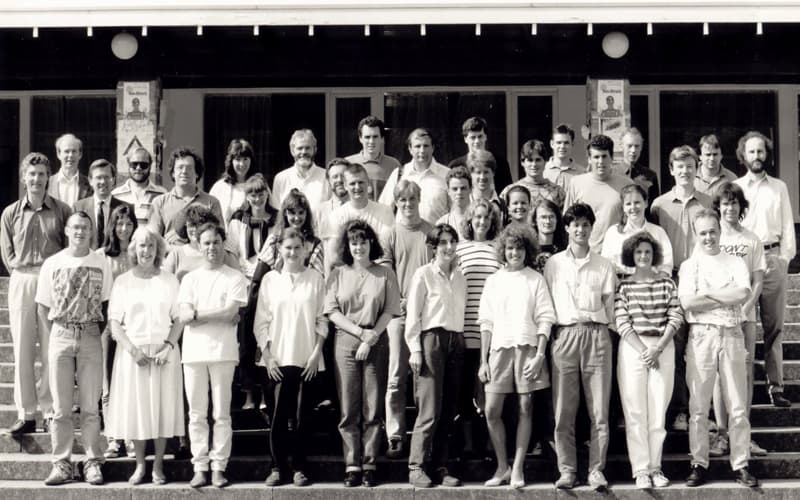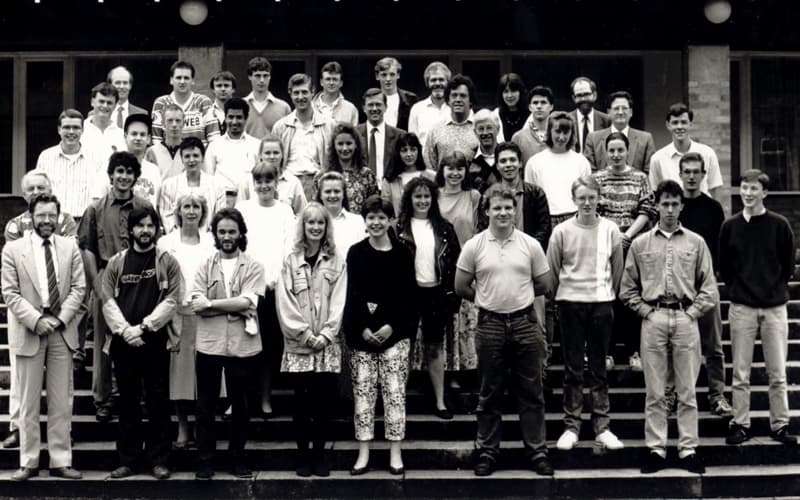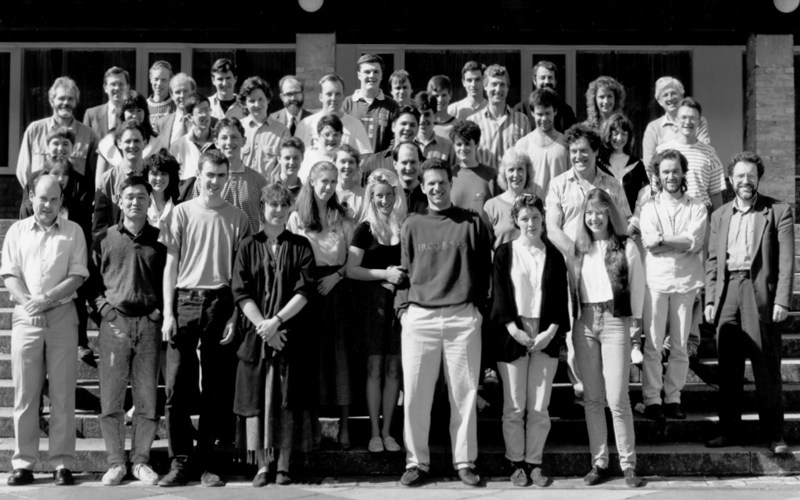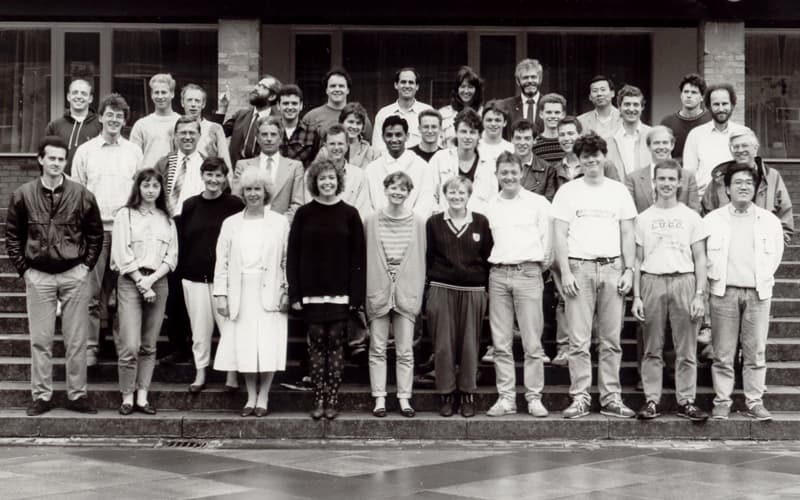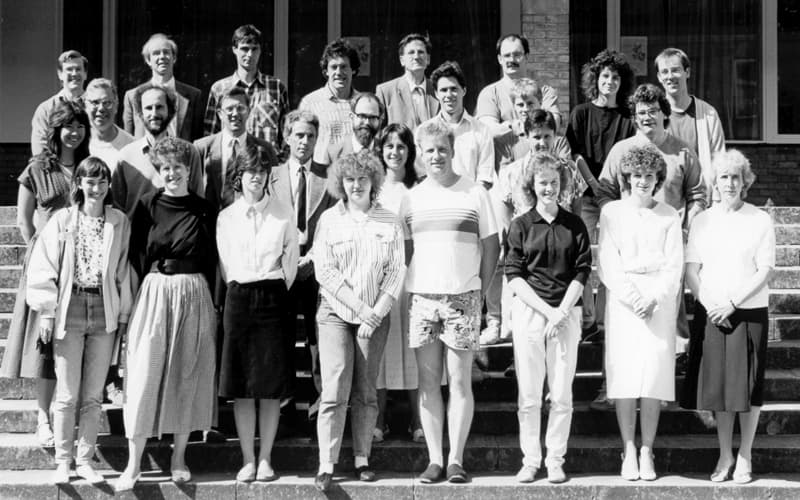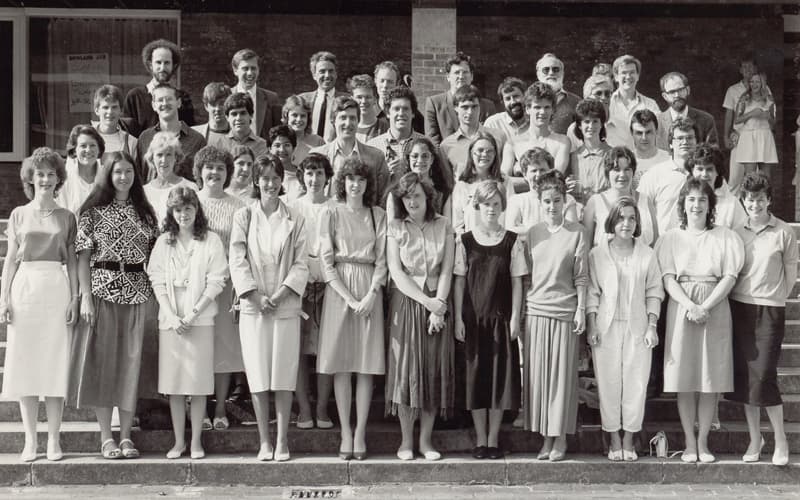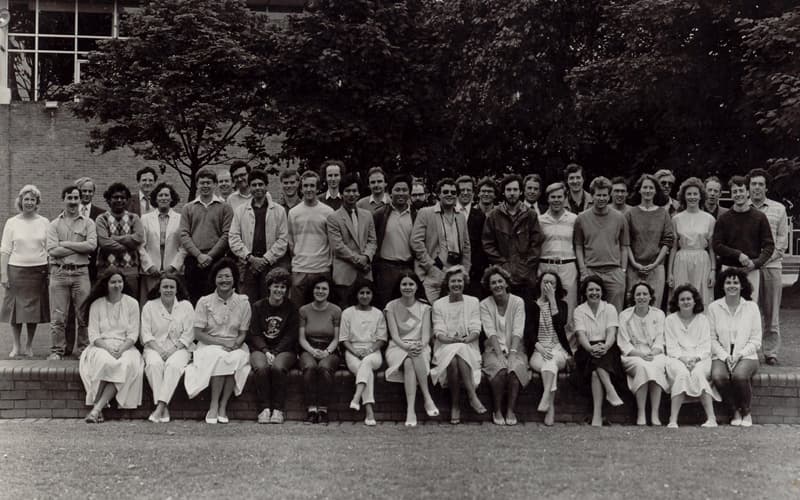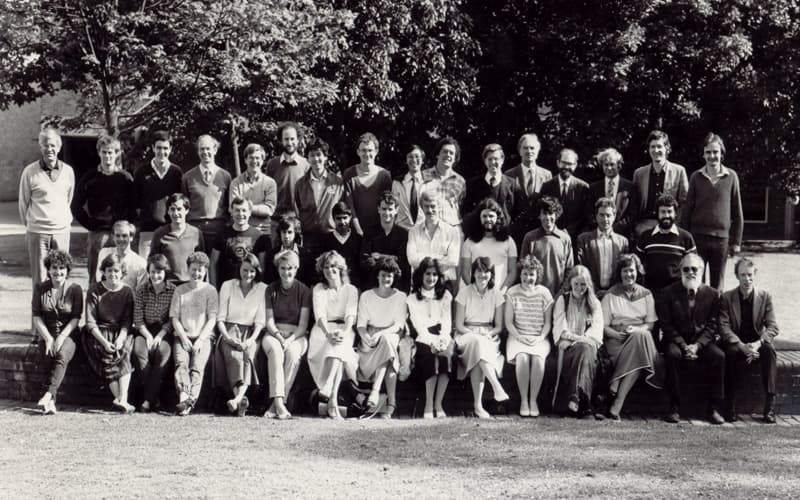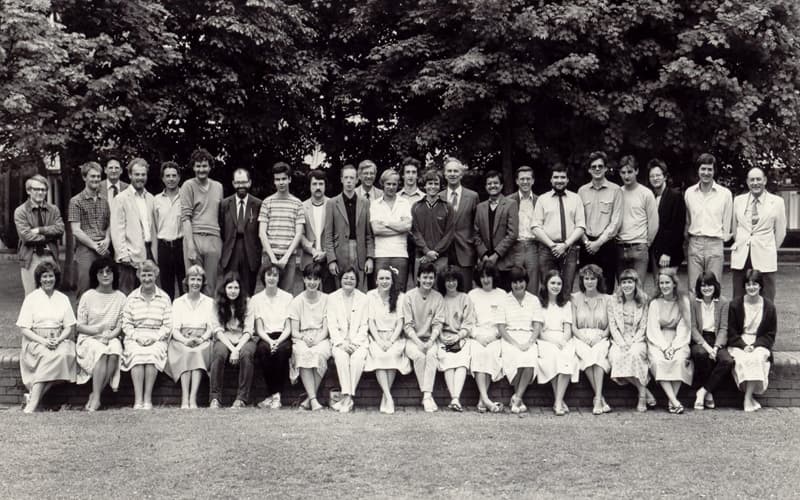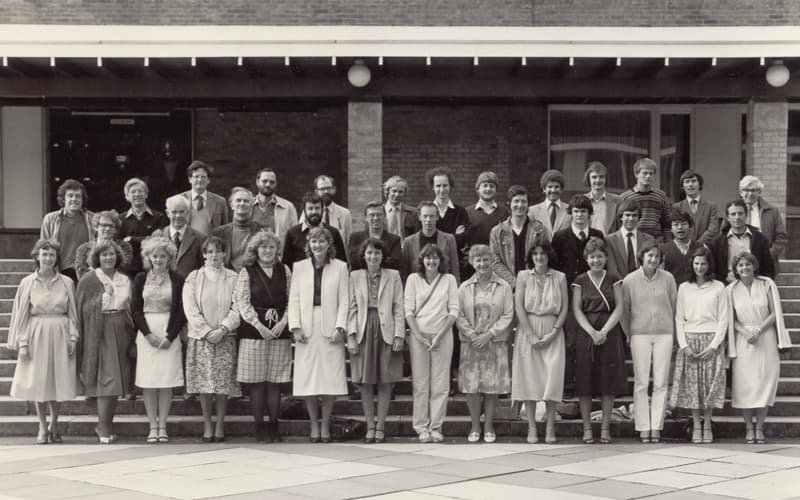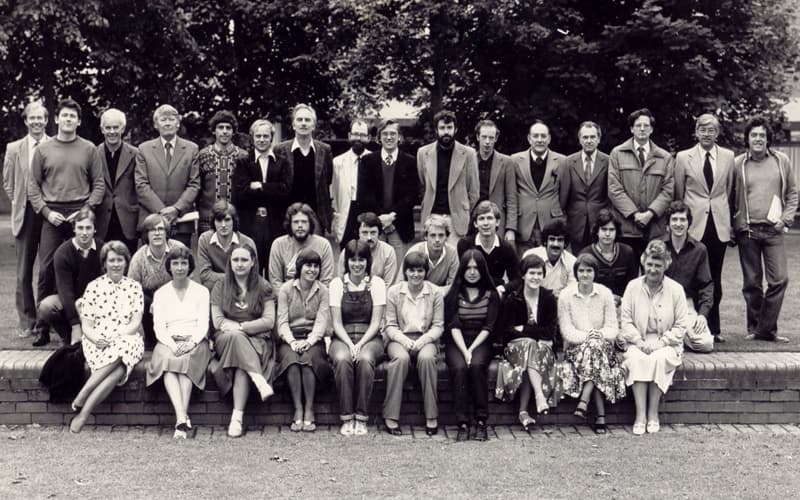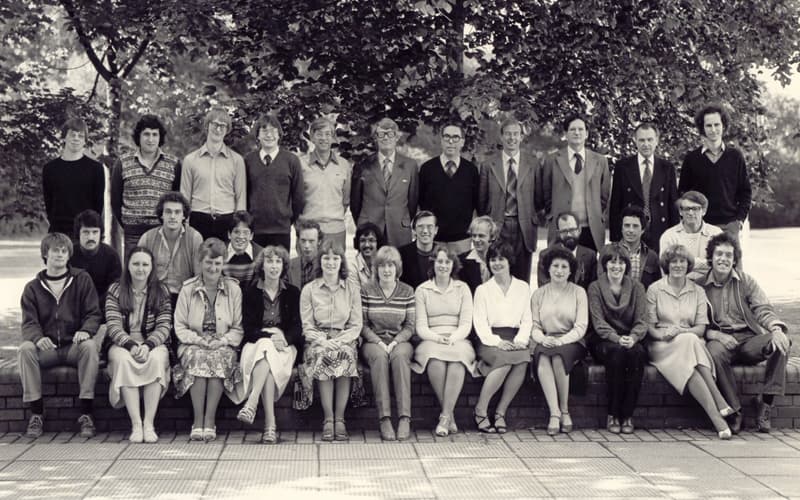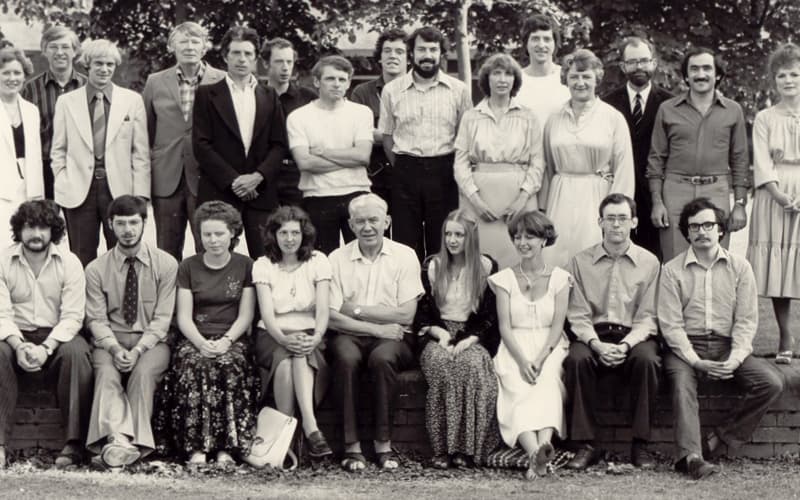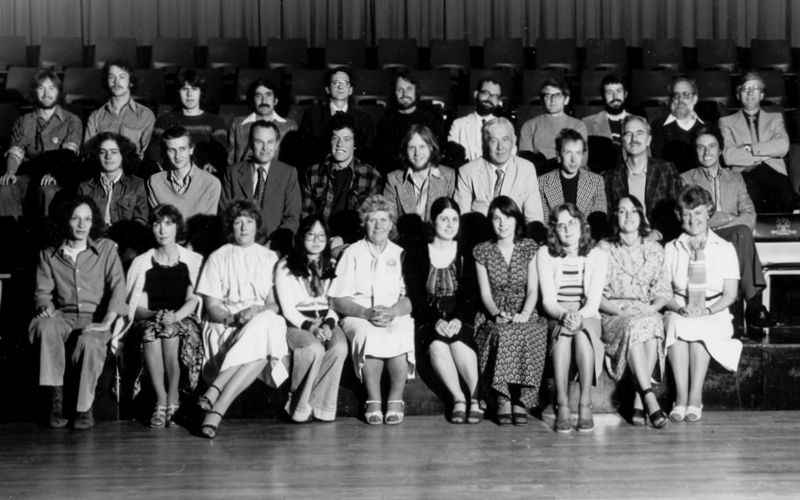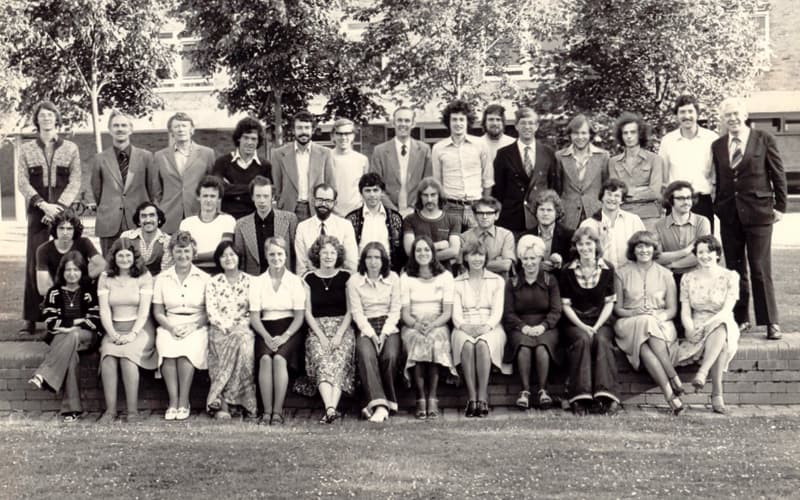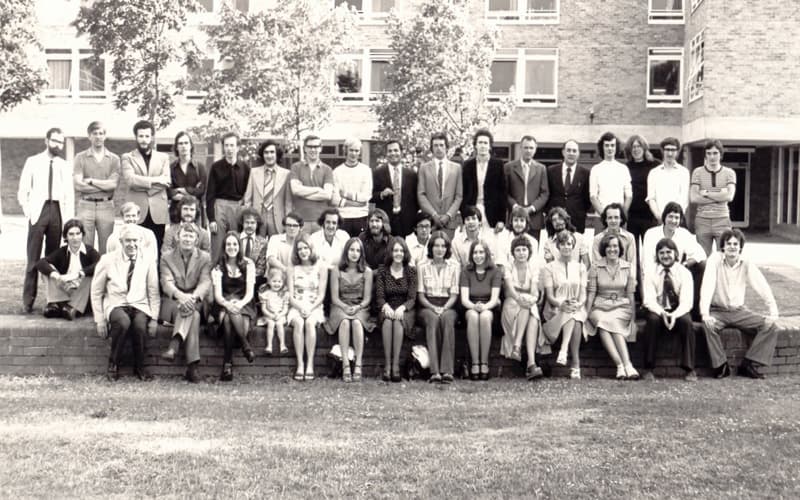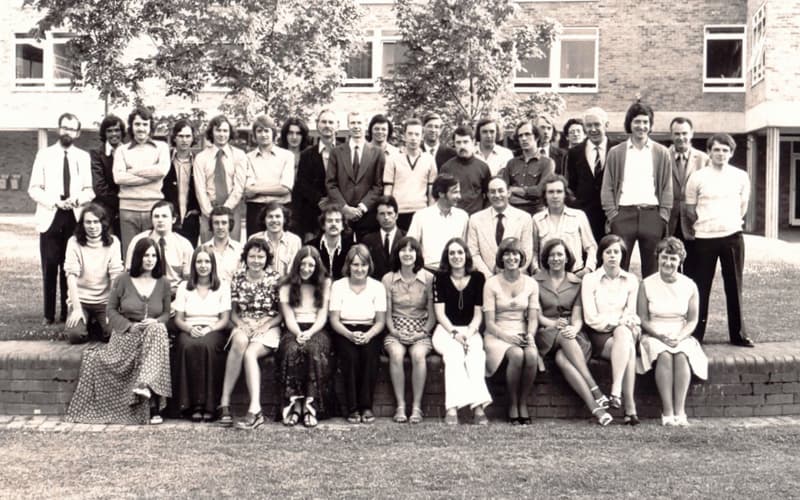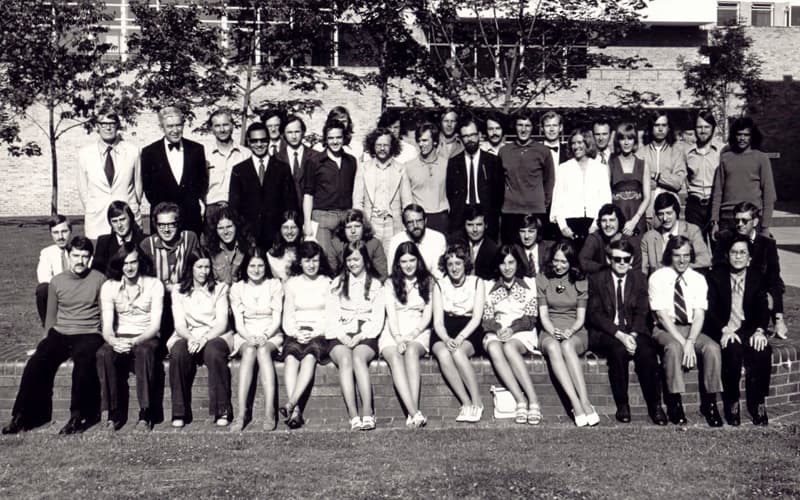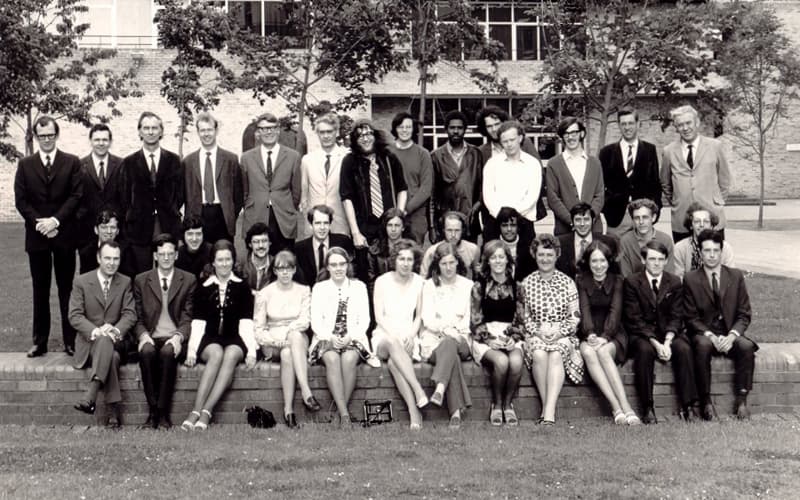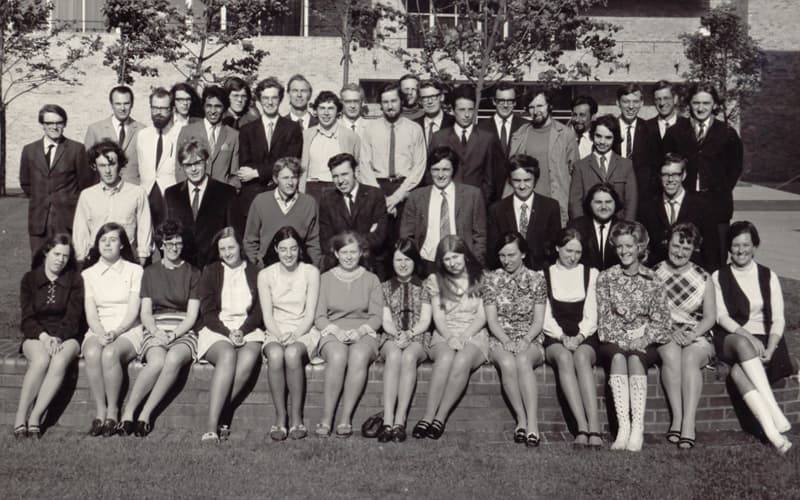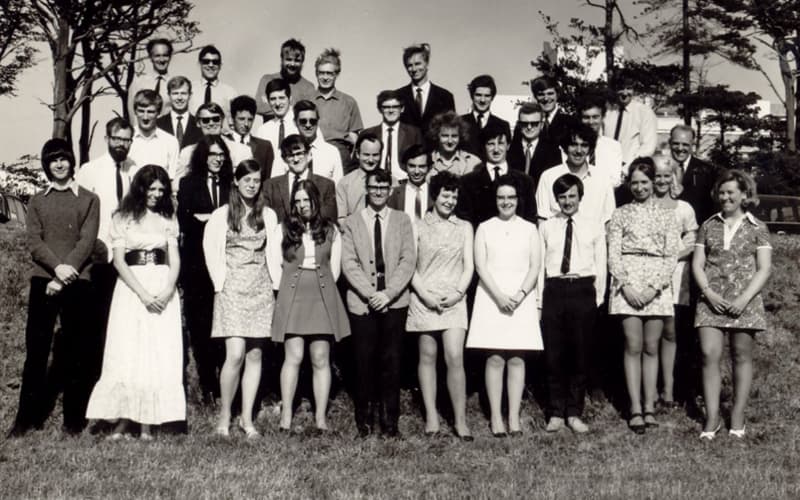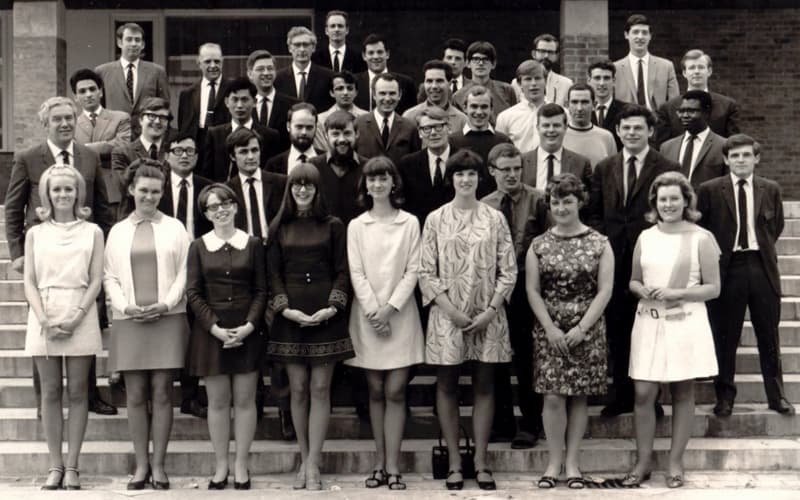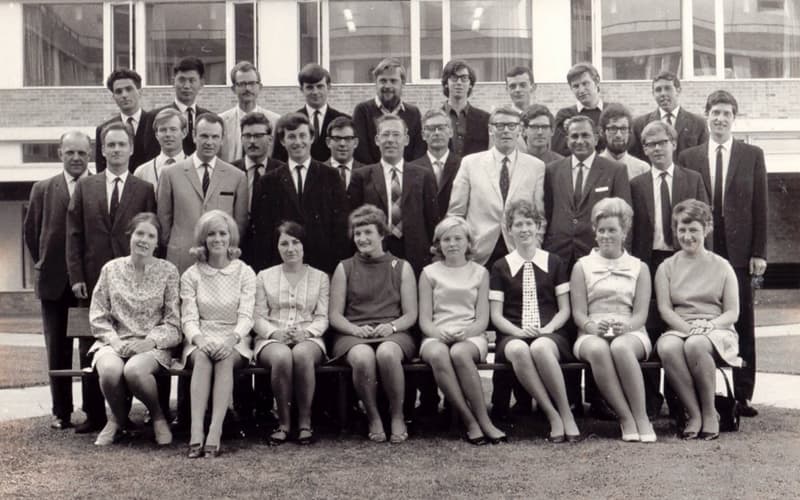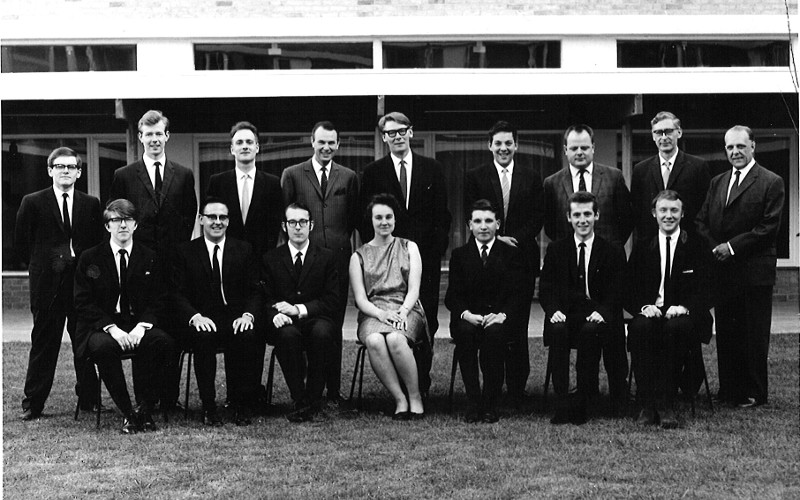The Department of Mathematics, as it was first known, is a founding department at Lancaster University, opening its doors to students in October 1964 just one month after the Royal Charter was sealed, with this first cohort of students going on to graduate in 1967.
The initial focus was on pure mathematics - including analysis, geometry, algebra and probability theory - joined shortly afterwards by statistics. The department was also responsible for the management and operation of the University's first computer, an ICT 1909 machine, housed in what is now the HR Building (see photo on right).
By the late 1970s, statistics had been strengthened substantially and the Centre for Applied Statistics (CAS) was formed as an independent statistical research unit, focusing on social statistical research and statistical software development. It was supported by funding from the Economic and Social Research Council (ESRC) and provided statistical support and consultancy across the campus.
During the 1990s a Medical Statistics Unit was also established within the renamed Department of Mathematics and Statistics.
In 2006, CAS re-joined the Department as an Applied Statistics Section and in 2010 the statistics groups merged into a single section alongside the Pure Mathematics section, forming the department we see today.
Undergraduate teaching within the Department centres on the single subject degree in Mathematics with smaller numbers of students following Mathematics and Statistics degrees, Statistics degrees and joint degrees that include Mathematics.
The department has seen a considerable increase in the numbers of students since 2000 when the number of new undergraduate students from the UK and EU stood at 48 per year. Now that number is over 160.
With numbers of overseas students also increasing to around 25 per year, and more students choosing mathematics as their minor subject in the first year, class sizes in the first year have reached 250, giving rise to a diverse and active student body.
Correspondingly, the number of academic staff has risen from 19 in 2000-2001 to over 50 today. We are very fortunate to be able to chart this growth visually through the department's archive of annual photos, which in later years also feature our final year undergraduate students.
The growth of the department has not only been among the undergraduate body, however. We have always trained research students in pure mathematics and statistics but more recently have grown our suite of taught postgraduate programmes. An MSc in Statistics was established in 2000 with significant emphasis being on medical applications while catering for wider interests also.
The quality of the provision of postgraduate training in statistics at Lancaster was recognised in 2005 when the Department was awarded the status of being a HEFCE Centre of Excellence in Teaching and Learning in Postgraduate Statistics, together with £5million funding, which part-funded the current Postgraduate Statistics Centre. The Centre is both a building and a hub of people, knowledge and skills around statistics teaching at the postgraduate level.
In 2010, the first cohort of ten students arrived for the Engineering and Physical Sciences Research Council-funded Centre for Doctoral Training known as STOR-i, whose focus is Statistics and Operational Research, especially with industry. This is a joint venture between the Departments of Mathematics and Statistics and Management Science. Students spend their first year following an MRes programme, half of the taught modules being taken jointly with students on the MSc in Statistics.
In 2014, we celebrated the 50th anniversary of the foundation of the university with two Special Lectures.
In 2024 the Department secured a strategic catalyst fund investment of more than £12 million from Research England to establish a third section beside the existing two sections of Pure Mathematics and Statistics. In this new section, named MARS (Mathematics for AI in Real-world Systems), researchers work closely with industrial and government partners across key sectors delivering new solutions to real-world problems across health, manufacturing, cyber security and environmental science. In order to reflect the broadening research culture, the Department was renamed the School of Mathematical Sciences.
The above information is drawn from a number of sources but especially "Shaping the Future: a history of the University of Lancaster 1961-2011" by Marion McClintock (University of Lancaster, 2011; ISBN 978-1-86220-286-3).



